1. Introduction
With the serverless approach, the problem about the server that the software developer confronts with has disappeared. Now we write our code and call the provider to run it. We are not dealing with server configurations, scalings etc. And pay as you go. This is a great opportunity.
AWS’s Lambda, GCP’s Cloud Function, Azure’s Azure Function etc., these services provide us this service. But this time, different kind of problem appears. These services do not support all languages. Even if it supports the language we want, it may not support the version we want. For example, AWS Lambda does not support the upper versions of .NET Core 2.1 yet. This is a problem. Nobody can restrict us 🙂
The Cloud Run service that Google built on Knative completely solves this problem. We give Cloud Run a docker image and Cloud Run runs our serverless service from this image. So whether we develop in PHP or .NET Core, it doesn’t matter. There is no limit as long as we can make dockerize. This is awesome.
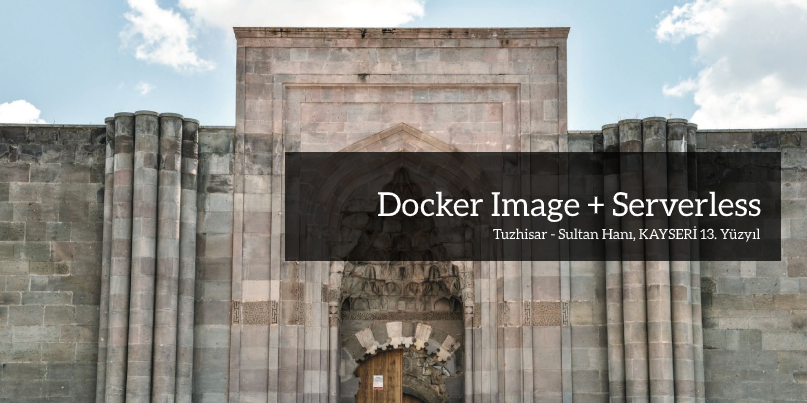
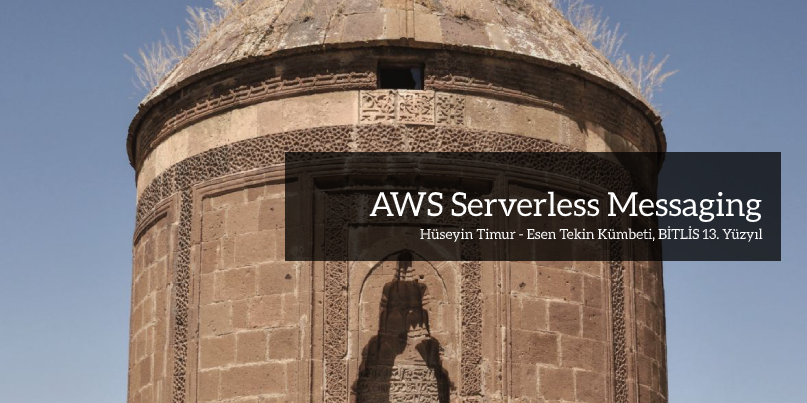
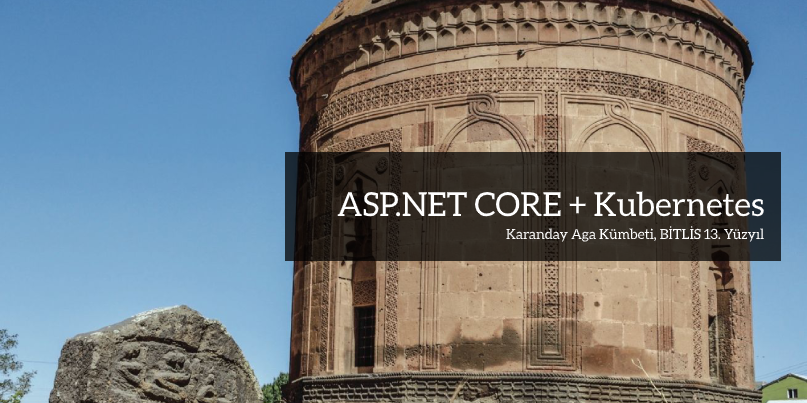
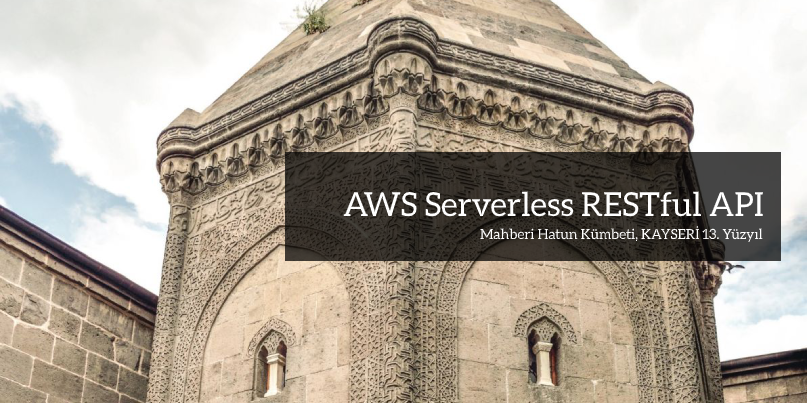
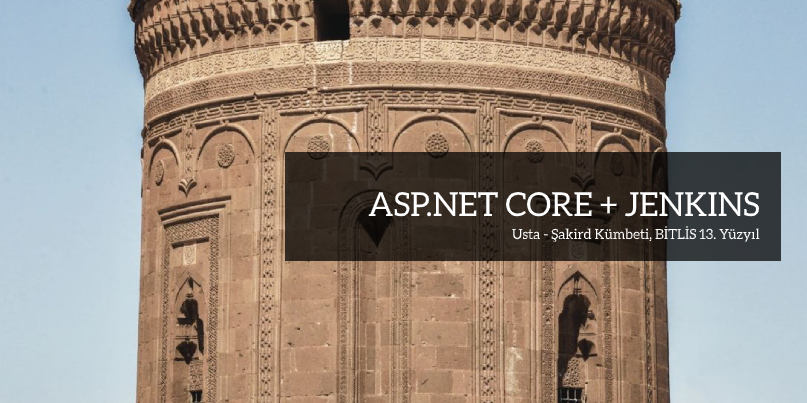
.jpg)